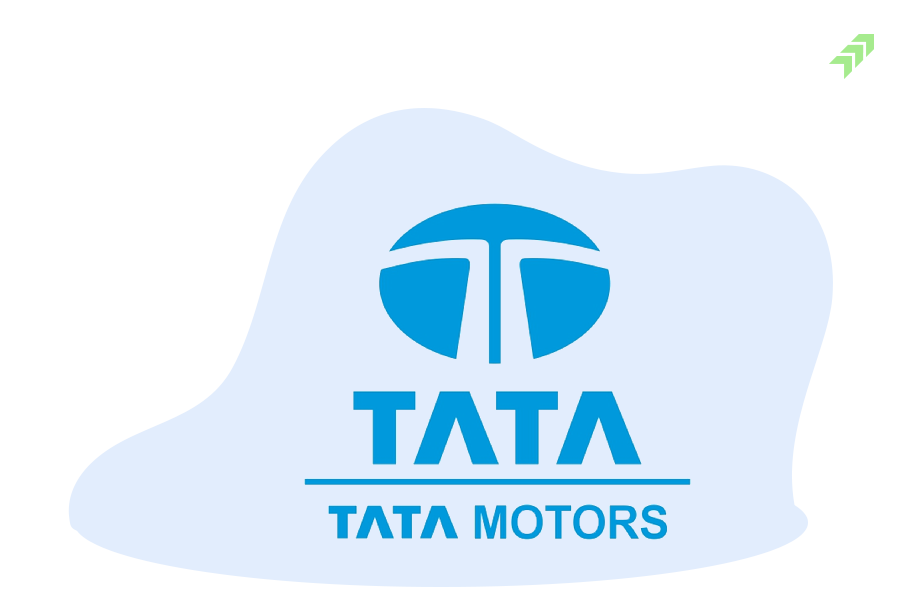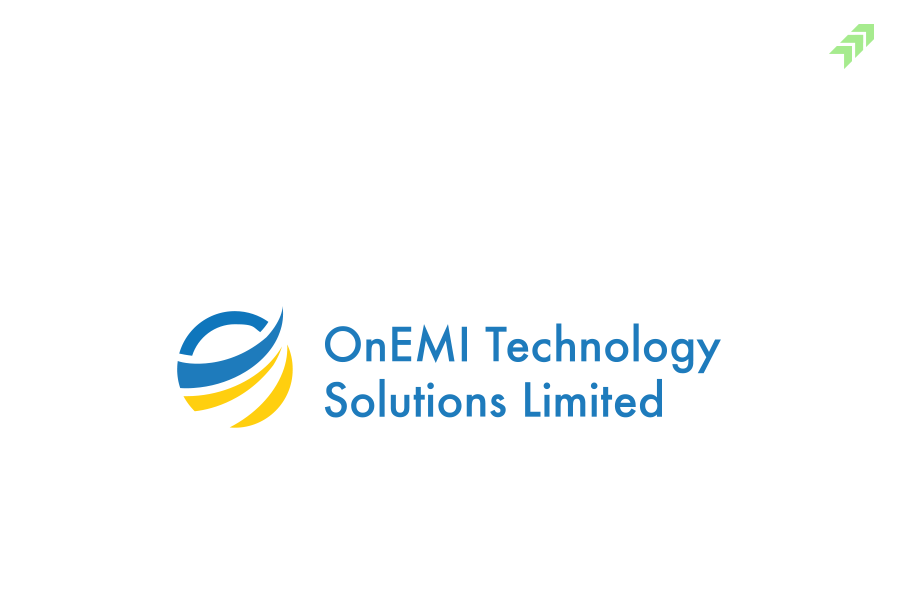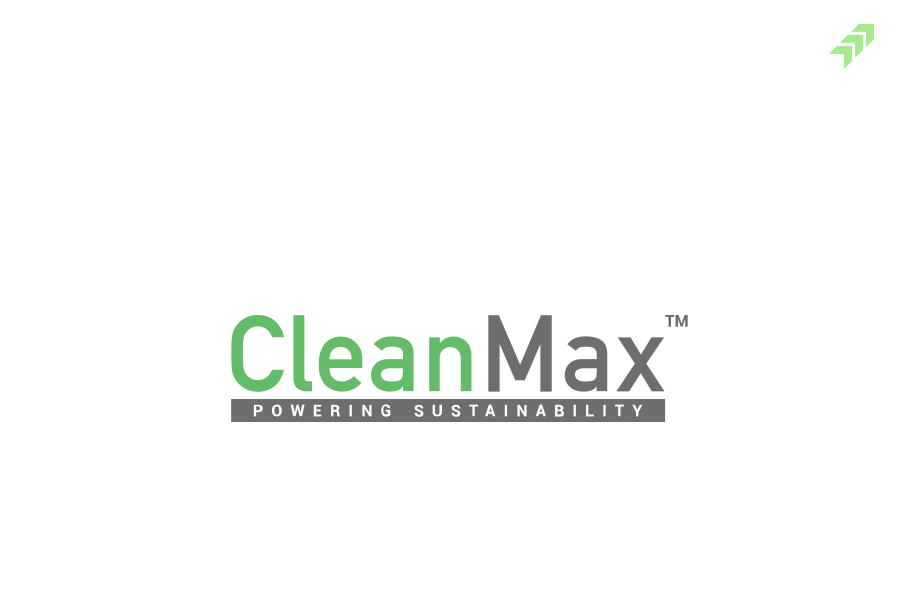Tata Motors is one of India’s biggest automobile manufactures and a flagship company of Tata Group. Tata Motors is going to demerger in which company decided to split its operations into two separate listed companies. The company operates in various markets and decision of demerger is not sudden because Tata Motors has been working on it for years to strengthen its business. Under business segment of Tata Motors includes – Passenger Vehicle unit in which includes Electric Vehicles (EVs), Cars, SUVs, and luxury and luxury vehicles under the Jaguar Land Rover (JLR) brand. Another is Commercial Vehicles in which company includes – buses, light commercial vehicles, Truck, and defence vehicles. Through separating these segments Tata Motors wants to focus more on each business and to grow them independently because these two business units are operates in different environments with their own customer demands, growth opportunities and challenges. This plan was announced in early 2024 and approval was overwhelming with 99.99% votes which show strong investor confidence in demerger decision.
Why is Tata Motors Doing This?
The main reasons behind this demerger are better focus on specific units, unlocking shareholder value, faster growth, global strategy and prioritizing different business models. Tata Motors wants to strengthen its electric vehicle segment with Tata EV and luxury segment with JLR but also focusing on commercial vehicle market of India. The commercial vehicle is B2B focus market under which company selling trucks and buses to businesses and government bodies. Whereas Passenger Vehicles is B2C focus under which company selling directly to individual buyers. The market trends, customer needs, and sales cycles are different of each market. By separating each business will help in make faster decision and focus on its own strengths. It also helps investors to value each business separately. As Tata Motors announced the demerger price rose temporarily which also reveals investors trust in company.
Shareholding Structure
Under this demerger of passenger and commercial vehicle segment, share swap ratio is 1:1 which mean shareholder of Tata Motor will get one share in passenger & commercial company after demerger. For example, if someone has 100 shares in Tata motor then after demerger they will 100 shares of Passenger business and 100 shares of Commercial business.
The effective date of this demerger of Tata Motor will take effect on 1 Oct, 2025 and this process will completed by December 2025. The company has announced that Tuesday, October 14, 2025, will be the record date for the demerger of its Commercial Vehicle business into a separate, listed entity.
Q1 FY26 Updates of Tata Motor:
| Quarter Ended | Year ended | |||
| Particulars (Rs in Crores) | Jun 30 ,2025 | Mar 31 ,2025 | Jun 30 ,2025 | Mar 31 ,2025 |
| Revenue | 103,792 | 118,927 | 106,399 | 436,821 |
| Other operating revenues | 615 | 576 | 703 | 2,874 |
| Total revenue from operations | 104,407 | 119,503 | 107,102 | 439,695 |
| Other Income | 1,519 | 1,509 | 1,510 | 6,244 |
| Total Income | 105,926 | 121,012 | 108,612 | 445,939 |
| Expenses | ||||
| Cost of materials consumed | 64,590 | 63,925 | 62,714 | 241,148 |
| Purchase of products for sale | 5,581 | 6,548 | 6,316 | 27,802 |
| Changes in inventories of finished goods | ( 3,281 ) | 3,744 | ( 3,117 ) | 2,836 |
| Employee benefits expense | 12,491 | 12,663 | 11,657 | 47,767 |
| Finance costs | 938 | 1,076 | 1,471 | 5,083 |
| Compulsorily convertible preference share | – | ( 19 ) | . | ( 84 ) |
| Foreign exchange gain | ( 500 ) | ( 174 ) | ( 276 ) | ( 922 ) |
| Depreciation and amortisation expense | 5,320 | 5,295 | 6,565 | 23,256 |
| Product development / engineering expenses | 2,516 | 2,239 | 2,759 | 10,716 |
| Other expense | 20,517 | 21,187 | 19,469 | 85,399 |
| Amount transferred to capital and other account | ( 7,731 ) | ( 7,428 ) | ( 7,668 ) | ( 31,105 ) |
| Total expenses | 100,441 | 109,056 | 99,890 | 411,896 |
| Profit before share of profit in exceptional Items and tax | 5,485 | 11,956 | 8,722 | 34,043 |
| Share of profit in equity accounted investees | 132 | 114 | 129 | 287 |
| Profit before exceptional Items and tax | 5,617 | 12,070 | 8,851 | 34,330 |
| Exceptional items – loss/gain | 56 | 566 | ( 43 ) | SSO |
| Profit before tax from continuing operations | 5,561 | 11,504 | 8,894 | 33,780 |
| Tax expense ( net ) : | ||||
| ( a ) Current tax | 1,464 | 1,527 | 1,138 | 5,023 |
| ( b ) Deferred tax | 94 | 1,421 | 2,040 | 5,479 |
| Tax expense ( net ) | 1,558 | 2,948 | 3,178 | 10,502 |
| Profit for the period from continuing operations | 4,003 | 8,556 | 5,716 | 23,278 |
| Attributable to : | ||||
| Shareholders of the Company | 3,924 | 8,470 | 5,643 | 22,959 |
| Non – controlling interests | 79 | 86 | 73 | 319 |
| Profit before tax for the period from discontinued operation | – | – | 4,975 | 4,975 |
| Tax expense of discontinued operation | – | – | 104 | 104 |
| Profit for the period from discontinued operation | – | – | 4,871 | 4,871 |
| Profit for the period | 4,000 | 8,556 | 10,587 | 28,149 |
The fall in volume in all businesses and a decrease in profitability mainly at JLR, is significant reason of fall in performance in Tata Motors in June 2025 quarter. EBIT at ₹4.5K Cr (- ₹4.1K Cr), EBIT margin of 4.3% (-370 bps) of revenue at ₹104.4K Cr (down 2.5%). The numbers of JLR was influenced by US tariff which decreased revenue by 9.2% to £6.6b with EBIT margins of 4.0%. EBITDA margins improved to 12.2% (+60 bps) whereas revenues were down by 4.7% to ₹17.0K Cr in commercial vehicles segment. Cost savings and better realizations help in better EBITDA margins after lower volumes. Delay in industry demand, and transition to new models cause declined in revenue of Passenger Vehicle by 8.2%. It affect EBITDA at 4% down by 180bps, however reduction in finance costs help in maintain consolidated PBT was ₹5.6Kcr.
Q1FY25 Segments of Tata Motor
| Particular (Rs in Crores) | JLR | Tata
Commercial |
Tata Passenger Vehicles |
Others | Consolidate |
| Revenue from operations | 75,952 | 17,009 | 10,877 | 569 | 104,407 |
| Grant income / incentives | 574 | 90 | 126 | – | 790 |
| Expenses : | |||||
| Cost of materials consumed | (46,834) | ( 11,360 ) | ( 8,681 ) | ( 15 ) | ( 66,890 ) |
| Employee benefit expenses | ( 9,780 ) | ( 1,219 ) | ( 594 ) | ( 898 ) | ( 12,491 ) |
| Other expenses ( net ) | ( 9,954 ) | ( 2,273 ) | ( 1,047 ) | 261 | ( 13,013 ) |
| Product development and engineering expenses | ( 2,213 ) | ( 176 ) | ( 246 ) | 119 | ( 2,516 ) |
| Exchange gain / loss ( realized ) | ( 631 ) | 2 | ( 1 ) | 0 | ( 630 ) |
| EBITDA | 7,114 | 2,074 | 434 | 36 | 9,657 |
| Depreciation and amortization | ( 4,086 ) | ( 424 ) | ( 738 ) | ( 72 ) | ( 5,320 ) |
| Profit / loss from equity accounted investees & deferral income | 74 | – | – | 66 | 140 |
| EBIT | 3,102 | 1,650 | ( 304 ) | 30 | 4,477 |
| Other income | 313 | 101 | 164 | 143 | 721 |
| Finance cost | ( 465 ) | ( 111 ) | ( 27 ) | ( 334 ) | ( 938 ) |
| Unrealized FX , Unrealized commodities | 1,117 | 17 | 38 | 184 | 1,357 |
| PBT | 4,067 | 1,657 | ( 129 ) | 23 | 5,617 |
| PBT | 4,022 | 1,646 | ( 129 ) | 22 | 5,561 |
| PAT | 3,566 | 1,617 | ( 87 ) | ( 1,093 ) | 4,003 |
JAGUAR LAND ROVER (JLR)
The trade deal between US and Europe reduced tariffs on JLR to 27.5% to 15%. In June 2025 quarter revenue of JLR was fall from 9.2% to €6.6 billion as compare to Q1 FY25. Wholesale volumes & revenues in the quarter were impacted by the application of 27.5% US trade tariffs on UK- and EU-produced cars exported to the US. PBT was fall from 49.4% on YoY at €351 million for Q1 majorly affected by tariffs and FX problems. The EBIT margin range of 5% to 7% for FY26 remains unchanged and currently EBIT margin was 4%. There is cash balance of €.3 billion and free cash flow for recent quarter was € (758) million. After including € 1.7 billion undrawn revolving credit facility, total liquidity of firm was £5.0 billion. New US trade tariffs down EBITDA of JLR to 9.3% low -650bps from previous.
TATA COMMERCIAL VEHICLES
In commercial vehicle segment in Q1FY26 revenue is at ₹ 17.0KCr fall from -4.7%, EBIT is improved from 810bps at 9.7%, EBITDA rise from 60bps at 12.2% and PBT stand at 1.7K Cr. Commercial vehicle segment is down because muted performance in the HCV and SCVPU segments while Buses, Vans, and ILMCVs registered modest YoY growth. CV segment export is rise from 68% whereas import were decrease from 9% but company maintain digit EBITDA margins of 12.2% and EBIT margins of 9.7% in Q1 FY26 because of better PBT of Rs 1.7k cr & cost savings. Currently in Q1 FY25 in CV market share of company is 36.1% out of which 47.7% is HGV & HMV, 28.9% of LGV, 35.9% MGV and 36.9% passenger.
TATA PASSENGER VEHICLES (TATA PV)
In passenger vehicle segments revenue of Q1 FY26 revenue stand at Rs 10.9 k cr decreases from -8.2%, EBITDA down from -180bps at 4%, PBT stand at Rs -129cr and EBIT was down from -310bps at -2.8%. In new launch company introduce all new Altroz & introduce lifetime warranty of HV Battery for Curvv and Nexon EV. Along with it Tata Punch achieved India’s Fastest SUV to sale 6 lakh units in 4 years. The wholesales of PVs are stand at 124.8k unit fall -10% and EV wholesales stand at 16.2k units fall from -2.1% in Q1 FY26. The passenger vehicle market share is at 12.3% in Q FY26 for VAHAN registration whereas EV market share stand at 36.7%.
Conclusion
The current demerger of Tata Motor into two independent listed companies – commercial vehicles segment and passenger vehicles segments. The main objective of company improving operational efficiency and shareholder value. It is long term strategic move which was also accepted by shareholders with majority. The current Q1FY25 result of Tata Motor is below from previous quarter performance which reveals decreased in profitability due to US tariffs and it significantly affected JLR units of company. But still company able to maintain good EBITDA in its commercial vehicles segment. The current short term outlook of company may remain negative or down due to macroeconomic factors like US trade tariffs &downfall in demand trends. Although, Long-term outlook of company is healthy because of EV expansion, Luxury brand strength of JLR after trade condition get better and mainly demerger advantages.

















